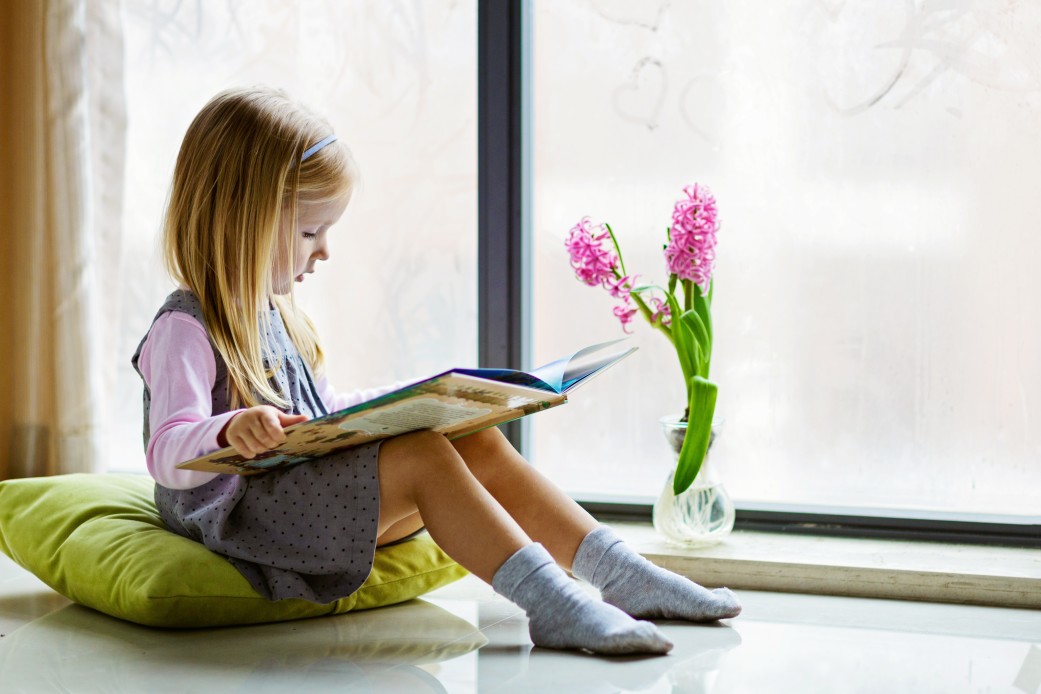

When it comes to reading grade level in picture books, they may range from second or third grade, right up to high school. For example, rather than saying her eyes were as dark as storm clouds, you’d say you stared into her storm cloud eyes. Metaphor: a direct reference of one unrelated thing to another thing.Simile: a comparison that uses like or as such as her eyes were as dark as storm clouds or his truck roared like a jet engine.
KIDS PHOTO READER BOOK SERIES


Onomatopoeia: the use of words that replicate sounds such as he squealed his tires or the clock went tick tock.There are lots of well known phrases that show this including: time after time rain, rain go away and all for one and one for all. Repetition: Repeats whole words rather than just sounds.Example: Pitter patter, let’s get at ‘er, with the “tts” of pitter and patter repeating. Consonance: Similar to assonance but repeating the sounds of consonants.So, twist and history repeat the same vowel sound, “is.” For example, the tagline for my travel blog, guide2travel.ca, is travel adventures with a twist of history. Assonance: two or more words positioned close to each other that repeat the same vowel sound.That’s the result of using literary devices to create an appealing rhythm. Some might even call the best picture books poetic, even if they’re not written in verse. The best picture books often give authors - and listeners - an opportunity to explore beautiful language. What’s the Difference in Writing Style Between Picture Books and Early Readers? In an early reader, it’s all about creating a story that appeals so strongly to child readers that they’re willing to struggle through deciphering the text to get to the story. In a picture book, there should be a level of the text that appeals to the adult reader in addition to the text and images that appeal to the child. You’ll find the stories are similar in both categories except for a single twist. Will the book be read to a child by an adult, or will it be read to an adult by a child? Picture books are typically read by adults and early readers are read by, you guessed it, children who are early in the learning to read process. The key difference between picture books and early readers is the reading level. What’s the difference between picture books and early readers? “And I’ll huff and I’ll puff and I’ll blow your house in! said the Big Bad Wolf. How do you know if you should write a picture book or an early reader (also described as beginner reader, beginning reader, and early chapter book)? So let’s assume you want to write for children under 10. The challenging thing about children’s literature is that each way you tell the story appeals to a different market. The fascinating thing about children’s literature is that there are so many different ways to tell a story.


 0 kommentar(er)
0 kommentar(er)
